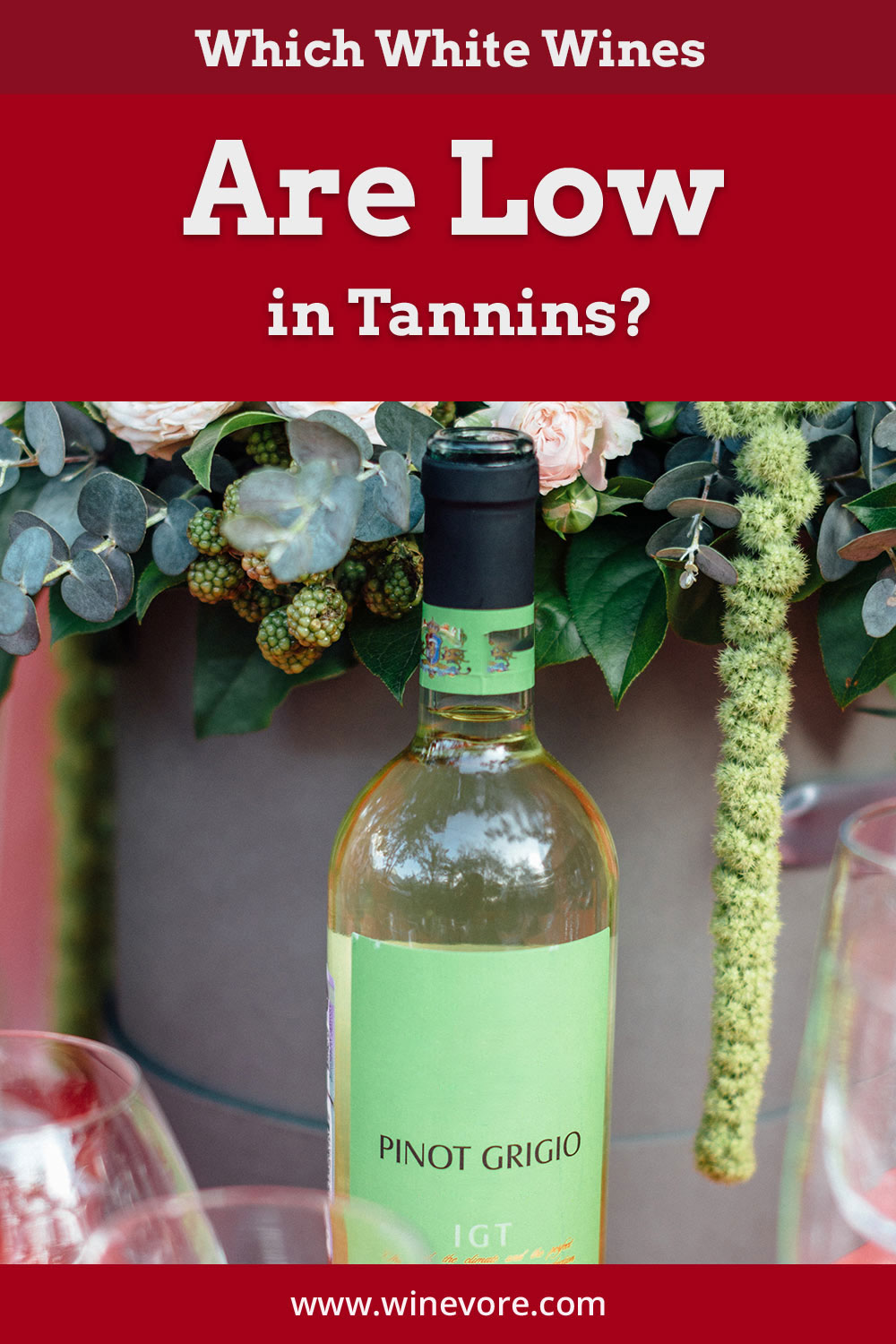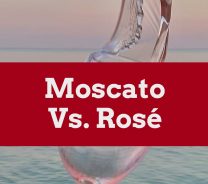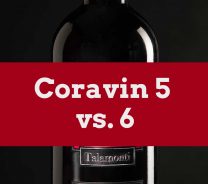Which White Wines Are Low in Tannins?
Last Updated on August 1st, 2023
Reader Disclosure Disclosure: We may earn commissions for purchases made through links on our site. Learn more on our about us page.Take a heated boiling pot of water, pour it over a bag of green tea and allow the cup to seep for a minute or 5. That first sip you take, that ‘dry effect’ comes from what wine experts call tannins.
When referring to wine vintages, experts refer to higher tannin wines as full-bodied.
All wines have tannins, plant polyphenols, or a side product, if you will, that comes from the grapevine stems, fruit skins, and the occasional seeds.
Thus, providing an essential structural component in red wines, providing the dry pucker. When thinking about fuller-bodied wines, higher in tannins, red wines generally come to mind, but rest assured there are white wine vintages with a fuller-bodied palate.

Does white wine have less tannins?
Yes, white wines usually have fewer tannins than most red wines. However, through the grapevine, some vineyards use a more hands-on approach. The skin contact adds the “grippy” effect, promoting tannin structure integrity.
When producing white wine labels, the fermentation process relies on the grape juice mixtures to ferment and pull elements from the barrels they age in, rather than traditional red wine processes, which add the vine to the mix.
However, white wines, such as Chardonnay or Sauvignon Blanc have higher tannin levels. These full-bodied white wines are easy to find if you know where to look.
What white wines are lowest in tannins?
There are wide varieties of white wines that are low in tannins. Some vintages are Roses or ‘orange’ wine, which take on more red wine traits.
- Pinot Grigio
- Sauvignon Blanc
- Riesling
- Grüner Veltliner
- Chenin Blanc
- Moscato (D’Asti)
- Semillon
- Gamay
- Lombardo
Why does white wine have less tannins?
Traditional winemaking suggests the fermentation process would be the reason. Wine processes include the grape skins, stems, and seeds in the cask aging process.
The exception is that of certain Rieslings, heavyweights like Chardonnay and Sauvignon Blanc, and ‘orange’ wine vintages. They use similar techniques like that of the red grape wineries.
Simply put, White wines have fewer tannins because of how they are made. Most white wine vintages aim to produce a sweet, light-bodied flavor palate and therefore require filtering.
This, in turn, minimizes the exposure to the plant particles, reducing the presence of tannins in the wine.
Which white wine will not give me a tannin-related headache?
The most straightforward action to take is staying hydrated and drinking water between glasses to avoid headaches. Otherwise, the reason behind the headache involves the starches that come from exposure to tannins present in the vintage.
Starches are essential to human serotonin production. There are some people with extreme sensitivities regarding their serotonin levels. The lack of or lower levels of serotonin causes migraine headaches.
Refer to the list (Above) and remember to select semi-sweet or sweeter vintages to avoid higher levels of tannins.
Final Thoughts on low tannin in white wines
White wines are not typically known for having a high tannin content level, and they are lighter-bodied vintages with sweet flavors. Also, white wine labels usually do not add grape skins, stems, or seeds into the fermentation process.


















